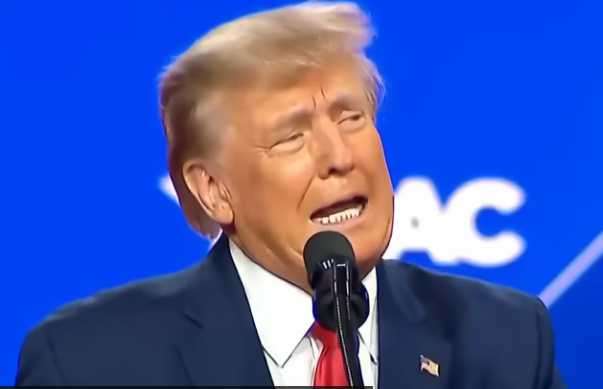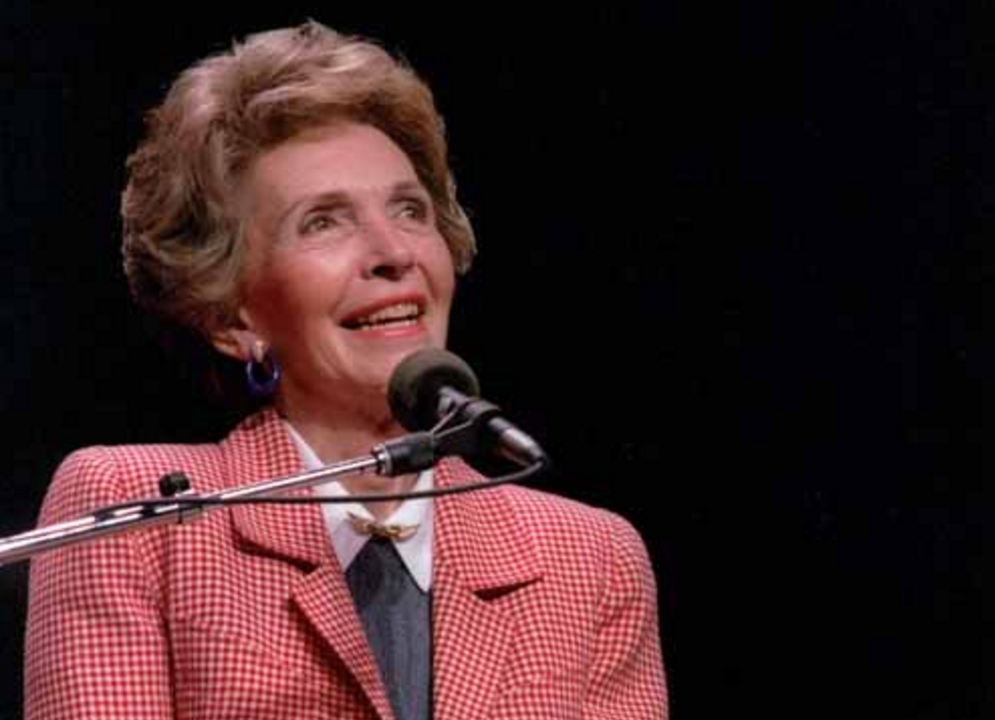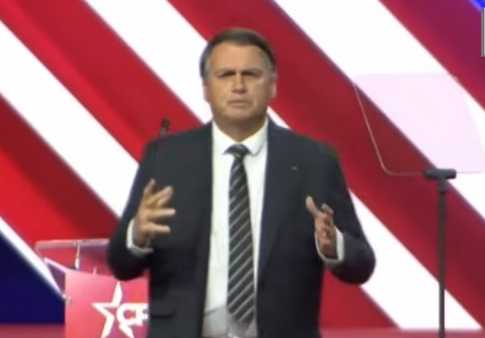WASHINGTON — The next U.S. presidential election is still more than two years away but for the first time in decades there appears to be no clear frontrunner for the Republican Party’s presidential nomination in 2016. So what’s happened?
A free-for-all has developed among a younger generation of Republicans who see themselves as serious presidential contenders and who are now beating the bushes in hopes of building grassroots support.
This phenomenon was on full display during the recent CPAC (Conservative Political Action Conference) near Washington when one Republican hopeful after another took to the stage an in effort to raise their profile for a possible presidential bid two years from now. For the second year in a row, Kentucky Senator Rand Paul emerged as a favorite of the conservative group, winning 31 percent support in a presidential test vote in a field that included numerous potential contenders for the 2012 Republican nomination. Texas Senator Ted Cruz was a distant second at 11 percent.
Paul presents a bit of a different profile for a serious Republican presidential contender. His strong libertarian bent makes him a fierce critic of President Barack Obama on the NSA spying scandal and he brought the CPAC crowd to its feet by pledging to re-emphasize constitutional principles. “We will challenge you in the courts. We will battle you at the ballot box. Mr. President, we will not let you shred our Constitution!”
Paul has also kicked off a debate within the Republican Party on the use of U.S. military force abroad. After more than a decade of war in Afghanistan and Iraq, Paul favors a much more limited military role abroad, reflecting a bipartisan consensus in numerous recent public opinion polls that Americans would prefer to pull back a bit from potential military confrontations overseas.
Some take issue with this approach including a likely presidential rival in 2016, Senator Cruz of Texas. Cruz argues that the U.S. still has a pivotal role to play in world events, though he prefers to strike a middle ground between Paul’s hesitancy to use military force and Senator John McCain of Arizona, one of the Senate’s leading internationalists who favors a more muscular U.S. foreign policy. Cruz was also a leading catalyst for last year’s government shutdown, which backfired for congressional Republicans. But Cruz enjoys intense support from some Tea Party elements and likes to rouse supporters with references to former President Ronald Reagan, the patron saint of Republicans who believe it is possible to elect a true conservative to the White House. Cruz told CPAC, “People are hurting, tragically, and we need to turn this country around. We did it in 1980 with a grass roots movement that became the Reagan Revolution, and let me tell you, the same thing is happening all over today.”
The Republican Split
The CPAC conference also showed that the split between establishment Republicans and Tea Party activists is alive and well. Former Alaska Governor Sarah Palin has become a staple at the CPAC gatherings and she took the opportunity to lash out at what she called “Beltway Republicans” who seem on a mission to trim the influence of the Tea Party within the Republican Party. Palin noted the Republican success in the 2010 midterm elections was due in large part to Tea Party activists and she warned party leaders not to take them for granted during this year’s midterm campaign. “You know that 2010 election victory that swept you into power? You didn’t build that. The Tea Party did!”
This split within the Republican Party will have an impact not only on this year’s elections, but on the 2016 nomination battle when the party goes about the lengthy process of choosing a presidential nominee through a series of state primary and caucus votes as well as numerous candidate debates. Carroll Doherty is Director for Political Research at the Pew Research Center for the People and Press. He predicts a fair bit of Republican infighting for the next couple of years. “The Republican Party is going through a lot of turmoil and a bit of division. They are struggling to find their way a bit as parties out of power are often in this position. Democrats have been in this position in the past.”
Some Republicans try to downplay the discord within their own party. Wisconsin Congressman Paul Ryan was the party’s vice presidential candidate in 2012 and is considering a presidential run of his own in 2016. He told CPAC attendees not to believe all the hype about a divided Republican Party. “It’s Tea Party versus establishment, libertarians versus social conservatives. There is infighting, conflict, backbiting, discord. Look, I’m Irish. That’s my idea of a family reunion.”
But analyst Carroll Doherty says the internal rift within the Republican Party sets the stage for what he says will be the most fascinating battle in decades for the party’s presidential nomination in 2016. “I really think it is going to be interesting. There is no heir to the throne, as it were, as there often is in Republican races and it is a wide open race.”
The presidential primary field could be quite large in 2016. In addition to Paul and Cruz, Republicans thought to be considering a run include Florida Senator Marco Rubio, Wisconsin Congressman Paul Ryan, New Jersey Governor Chris Christie, Louisiana Governor Bobby Jindal, Wisconsin Governor Scott Walker, Texas Governor Rick Perry and possibly former Florida Governor Jeb Bush.
Part of the reason the field is likely to be large is because there is no clear frontrunner for the party nomination, as has been the case in years past. The old saying is, “Republicans fall in line, Democrats fall in love.” The Republican nomination tends to go to the person who finished second in the previous election cycle. Ronald Reagan lost out on a tough bid against President Gerald Ford in the 1976 campaign but won the nomination and the presidency in 1980. George W. Bush was the consensus pick of the Republican establishment leading up to the 2000 race. The Republican who finished second that year, Senator John McCain, became the favorite in the 2008 nomination fight and he won. Mitt Romney was considered the favorite in 2012 and he eventually won the nomination. For 2012, though, there is no clear favorite and that has whetted the appetite of an ambitious younger generation of Republicans eager for the reins of power.
By the way, the part about how Democrats “fall in love” is a reference to the fact that often little-known candidates emerge from relative obscurity to win the party nomination. Jimmy Carter was a relatively unknown former Georgia governor before he began his quest for the Democratic Party’s presidential nomination in 1976. Bill Clinton had a relatively low national profile when he embarked on his presidential quest in 1992. And then there is the case of Barack Obama, who was an obscure state senator from Illinois before John Kerry chose him to deliver the keynote address at the 2004 Democratic National Convention in Boston.
2016 looks like a different year for Democrats as they consider their presidential options. At the moment there is former Secretary of State Hillary Clinton way at the top of the list, and everyone else well behind. Polls show Clinton is a strong favorite for the nomination among Democrats and supporters are impatiently waiting for a “go” signal from the former senator and first lady, which they expect either late this year or early next, assuming she decides to run.
Source: VOA







